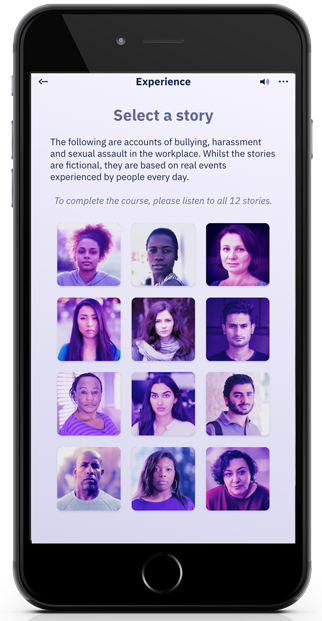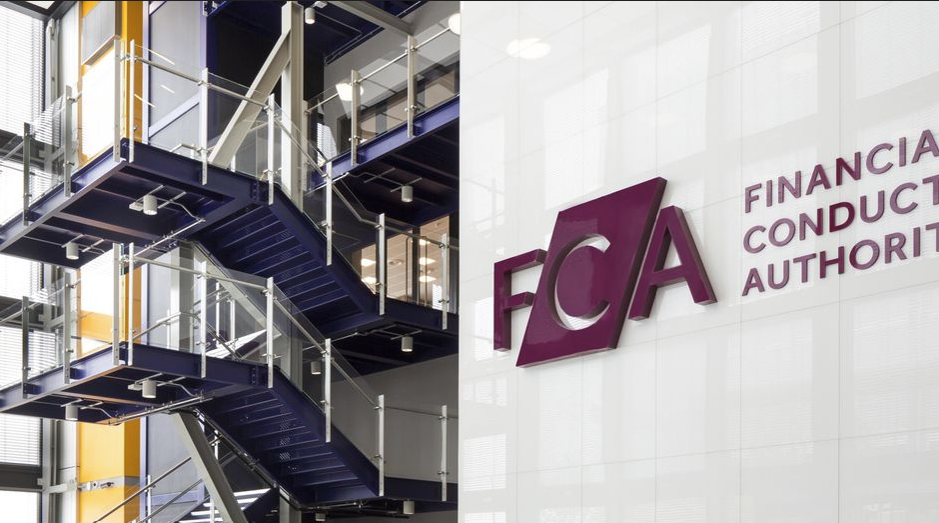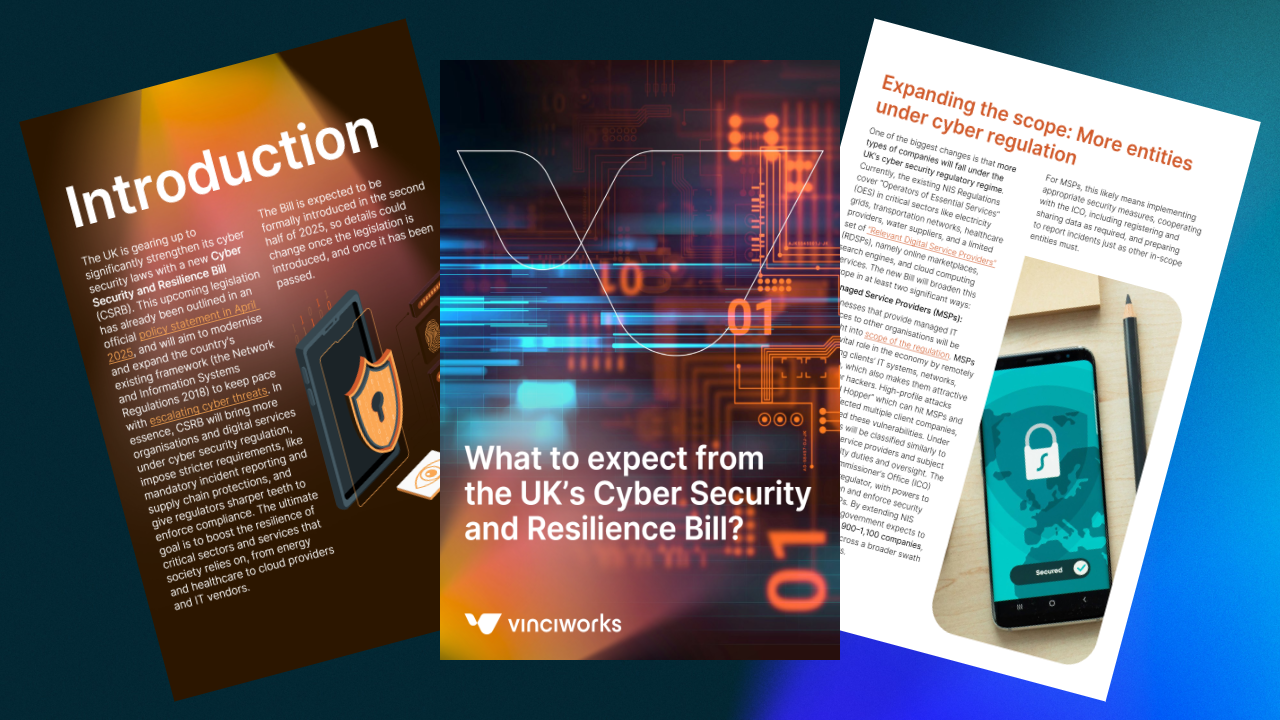In the wake of the #MeToo movement, have men finally begun to grasp how widespread the issue of sexual harassment against women is?
The answer seems to be no, according to a new study which reflects how much men in the U.S.— and 12 European countries, including Britain — underestimate levels of harassment against women. While both sexes underestimate sexual harassment, but this tendency is more pronounced among men. Men in the US were asked to estimate the levels of sexual harassment experienced by women since the age of 15 as part of an Ipsos Mori survey on the “Perils of Perception”. Their estimates were at an average of 44 percent.
The actual number appears to be nearly double that, with a January 2018 poll finding that 81 percent of women in the U.S. had experienced sexual harassment and assault at some point in their lives. While American men still appear to underestimate the level of sexual harassment women face, the biggest misconceptions appeared to be held by Danish, Dutch and French men, who drastically underestimated harassment levels in their countries by 49, 35 and 34 percentage points, respectively. In Great Britain, where 68% of women reported having experienced sexual harassment, the average guess was 50%, falling to 46% among male respondents.
In the UK, unions have repeatedly said that low-paid workers were subjected to harassment and abuse so regularly that it had become entirely normalised. In January, undercover journalists from the Financial Times revealed that female workers were allegedly groped and sexually harassed and propositioned by attendees of the Presidents Club charity dinner held at the Dorchester hotel. This watershed case shone a harsh light on sexual harassment in the upper echelons of British politics and business, further compounded in the last few months by the allegations against Philip Green.
Would your business take complaints seriously?
A recent survey by the Unite union of hospitality workers in the UK found that 89% had suffered sexual harassment, 60% of whom didn’t think a complaint would be taken seriously by their employer. Further, a TUC survey carried out in 2016 found that half of women had been harassed at work, but four out of five had not reported it. Alice Hood, the TUC’s head of equality, says she wishes she could say she is surprised by these figures, but she’s not: “it is shocking but not surprising that public awareness is still so low. Although we have seen a lot more focus on the issue in the last 12 months, we have a long cultural history of not acknowledging sexual harassment, so we need more transparency to push for meaningful action”.
Laura Bates, who founded the Everyday Sexism Project which gives women a platform to share daily experiences of harassment and gender inequality, said “the lack of willingness among men to recognize the extent of sexual harassment was holding back efforts to tackle it”. She suggest that the fact the survey came a year after #MeToo “suggests that we have a real problem believing women and taking them seriously. That so many women have been brave enough to tell stories with devastating personal consequences to hear that they are still not being believed is very difficult to cope with”.
Harassment training aimed at raising awareness
 To help tackle this problem, VinciWorks has created a course, MyStory: Harassment and Bullying at Work, which is a new style of course aimed at raising awareness of the prevalence and impact of harassment, sexual harassment and bullying in the workplace. The course presents learners with a series of short, hard-hitting personal accounts of harassment or bullying. While these are fictional accounts, they are drawn from the very real, all too common workplace experiences that at least half of all employees will experience in their working lives. After each story, users are asked one simple question about the subject, such as “What percentage of women have experienced some form of sexual harassment at work and what percentage of people who experience harassment do not report it?” They are then given a tip for being an active bystander; what they can do if faced with a similar situation.
To help tackle this problem, VinciWorks has created a course, MyStory: Harassment and Bullying at Work, which is a new style of course aimed at raising awareness of the prevalence and impact of harassment, sexual harassment and bullying in the workplace. The course presents learners with a series of short, hard-hitting personal accounts of harassment or bullying. While these are fictional accounts, they are drawn from the very real, all too common workplace experiences that at least half of all employees will experience in their working lives. After each story, users are asked one simple question about the subject, such as “What percentage of women have experienced some form of sexual harassment at work and what percentage of people who experience harassment do not report it?” They are then given a tip for being an active bystander; what they can do if faced with a similar situation.
Although pervasive, the #MeToo movement is just scraping the surface of solving the problem of sexual harassment in the workplace. In order to make a real change, education is key to creating the transparency and awareness that will bring change.













